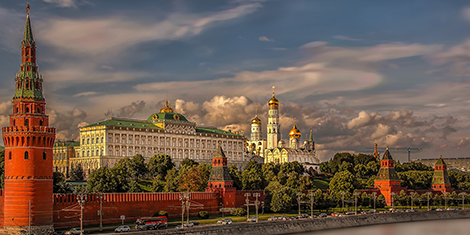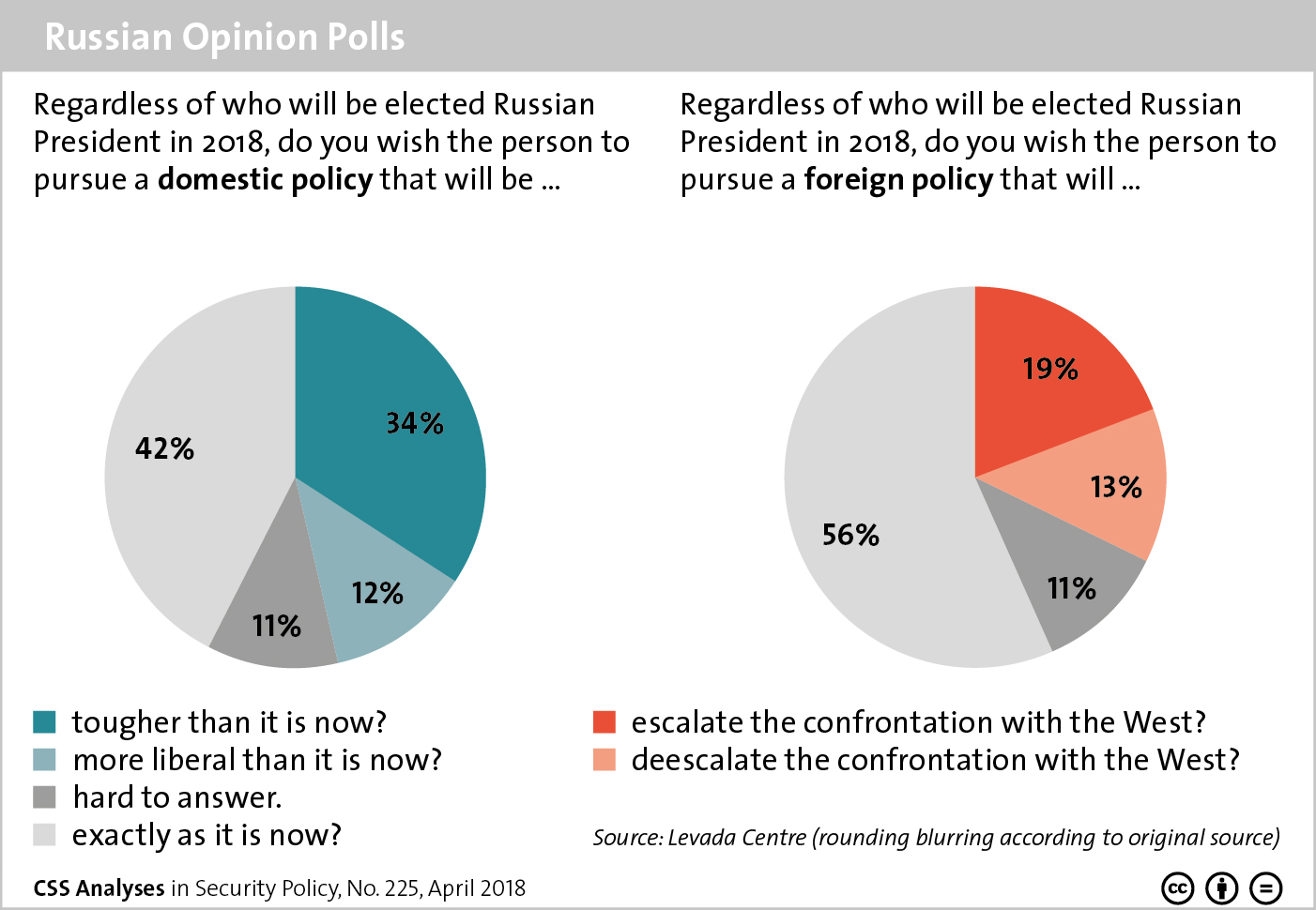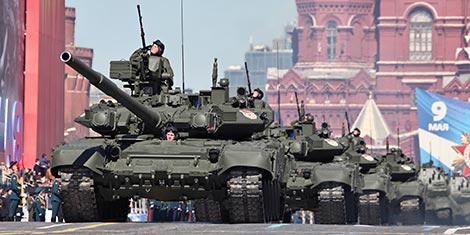
This article was originally published by the German Institute for International and Security Affairs (SWP) on 14 April 2018.
Russia has mounted its anti-access/area denial (A2/AD) footprint in the Levant and also boosted the Syrian Arab Air Defense Force’s capabilities. Syrian skies now remain a heavily contested combat airspace and a dangerous flashpoint. Moreover, there is another grave threat to monitor at low altitudes. Throughout the civil war, various non-state armed groups have acquired advanced man-portable air defense systems (MANPADS), which pose a menacing challenge not only to the deployed forces, but also to commercial aviation around the world. In the face of these threats, NATO needs to draw key lessons-learned from the contemporary Russian operational art, and more importantly, to develop a new understanding in order to grasp the emerging reality in Syria. Simply put, control of the Syrian airspace is becoming an extremely crucial issue, and it will be a determining factor for the war-torn country’s future status quo.







